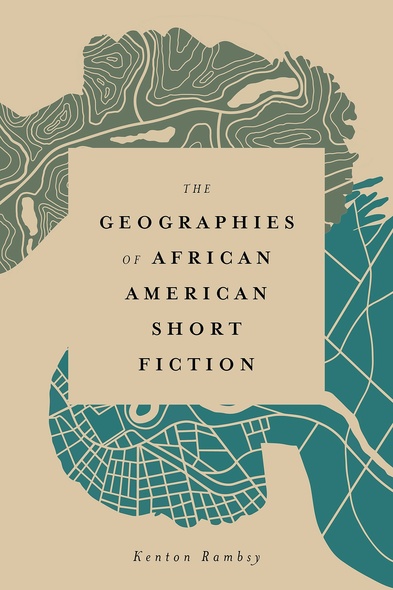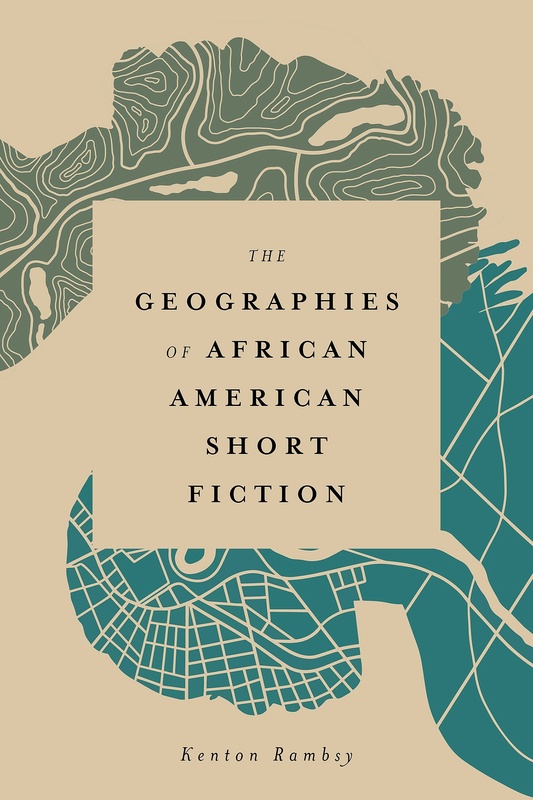
The Geographies of African American Short Fiction
Perhaps the brevity of short fiction accounts for the relatively scant attention devoted to it by scholars, who have historically concentrated on longer prose narratives. The Geographies of African American Short Fiction seeks to fill this gap by analyzing the ways African American short story writers plotted a diverse range of characters across multiple locations—small towns, a famous metropolis, city sidewalks, a rural wooded area, apartment buildings, a pond, a general store, a prison, and more. In the process, these writers highlighted the extents to which places and spaces shaped or situated racial representations. Presenting African American short story writers as cultural cartographers, author Kenton Rambsy documents the variety of geographical references within their short stories to show how these authors make cultural spaces integral to their artwork and inscribe their stories with layered and resonant social histories.
The history of these short stories also documents the circulation of compositions across dozens of literary collections for nearly a century. Anthology editors solidified the significance of a core group of short story authors including James Baldwin, Toni Cade Bambara, Charles Chesnutt, Ralph Ellison, Zora Neale Hurston, and Richard Wright. Using quantitative information and an extensive literary dataset, The Geographies of African American Short Fiction explores how editorial practices shaped the canon of African American short fiction.
Through its innovative use of digital measures as a method of analysis and literary criticism, Kenton Rambsy’s The Geographies of African American Short Fiction considers authors and texts with which we are familiar but rarely consider in relation to these concerns and issues.
Kenton Rambsy is assistant professor of English and digital humanities at University of Texas at Arlington. His ongoing digital humanities projects use quantitative and qualitative datasets to illuminate the significance of recurring trends and thematic shifts as they relate to African American literature and history.





